
Mérida, once Emerita Augusta, was founded as a Roman colony in 25 BC under the order of the emperor Augustus. As one of the most important cities in Roman Hispania, it was endowed with all the comforts of a large Roman city and served as capital of the Roman province of Lusitania.
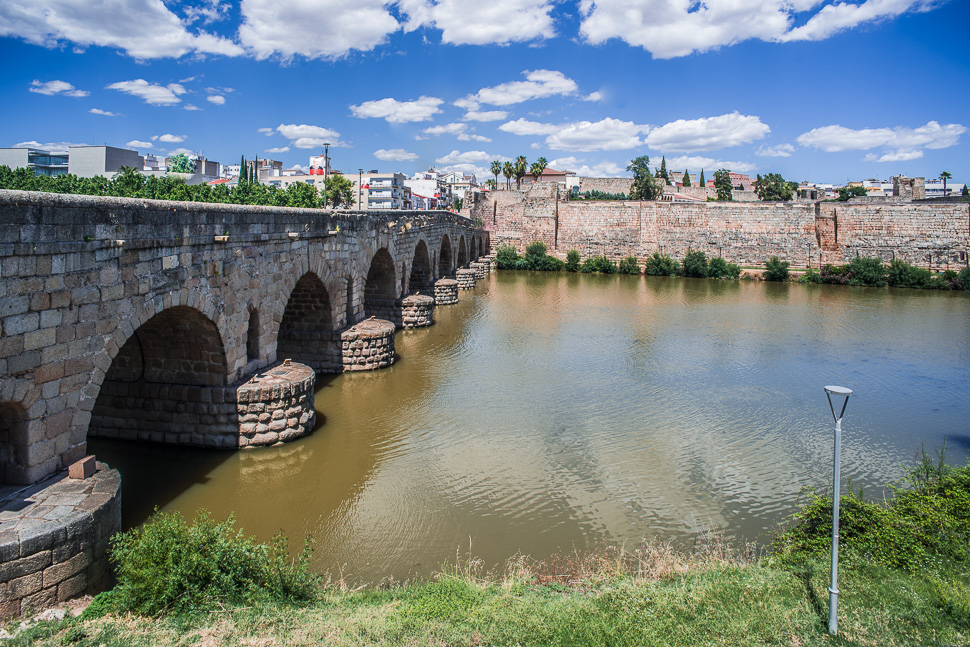

The Muslims were re-using Roman walls and Roman-Visigothic edifices to build their fortification at the river – the Alcazaba, next to the Roman bridge.
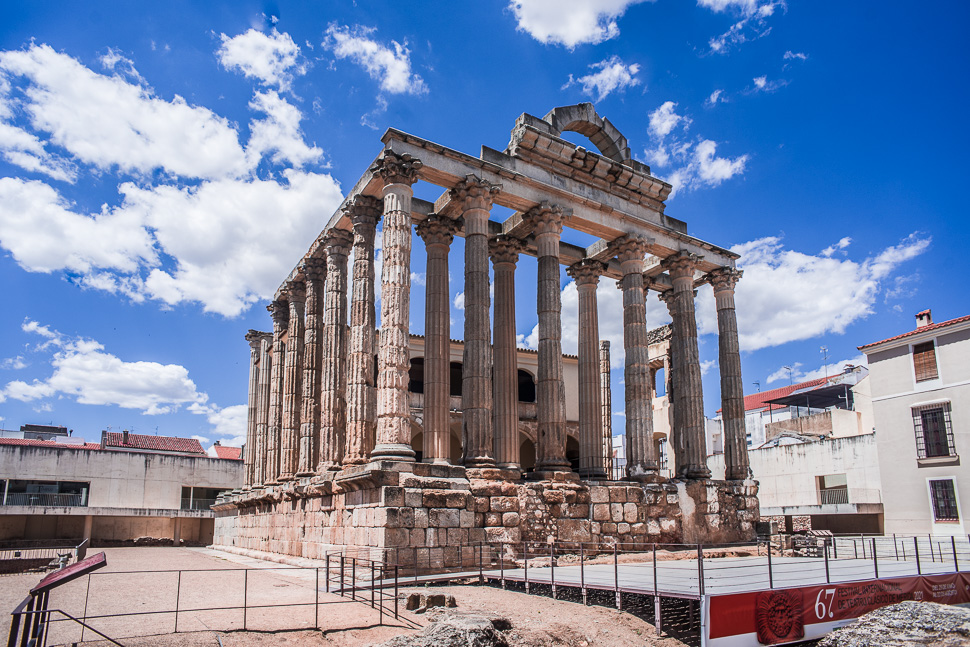
The temple of Diana in the centre of town, at the Roman Forum, was actually dedicated to the Imperial cult. it was erected during Augustus’ reign with local granite, later it was partly re-used for the palace of the Count of Corbos.
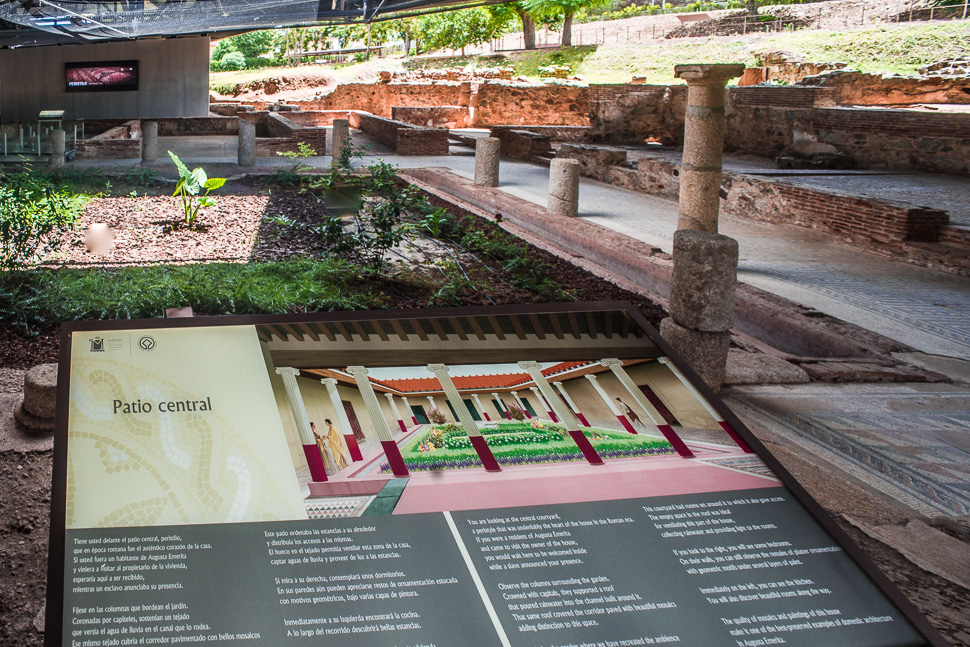
Situated next to the amphitheatre, the remains of two houses, a section of the San Lázaro aqueduct and a decant tower from the Romans are excavated. The preserved house still has the peristyle – a courtyard surrounded by a porch with columns, many rooms and paved hallways with mosaics. The mosaic in the dining room is especially interesting and beautiful.
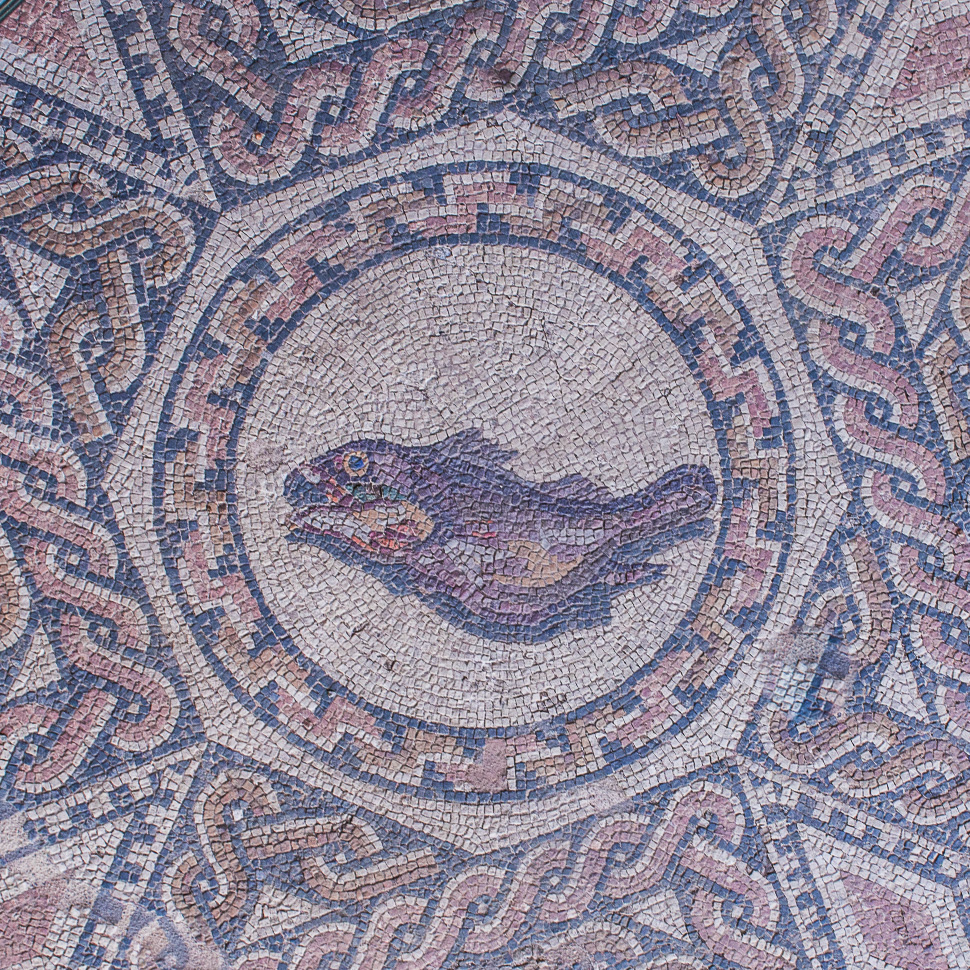
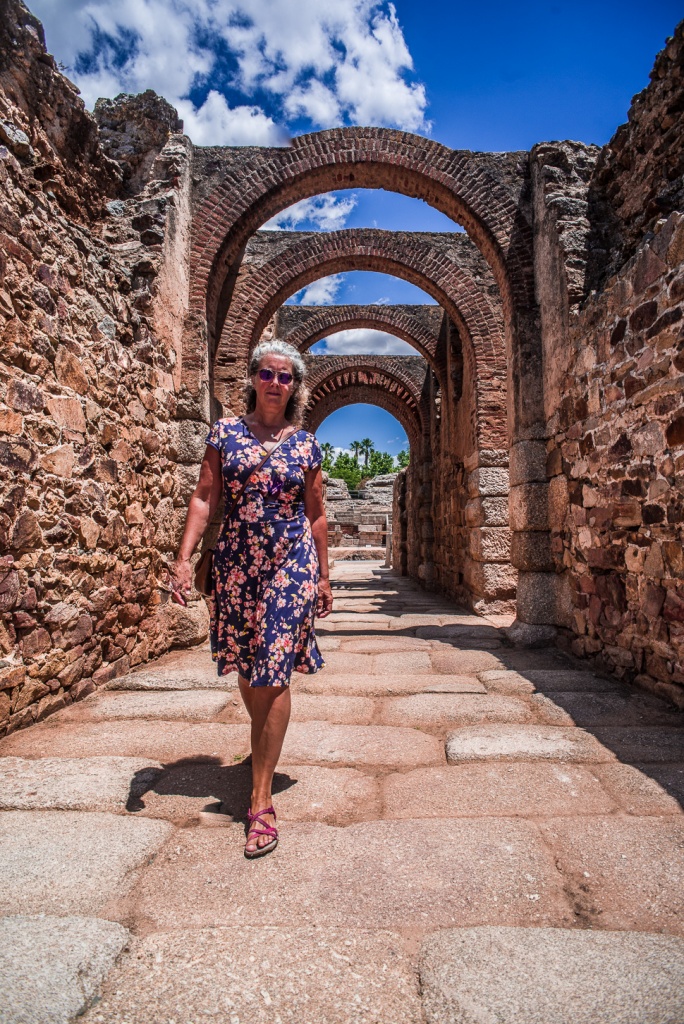
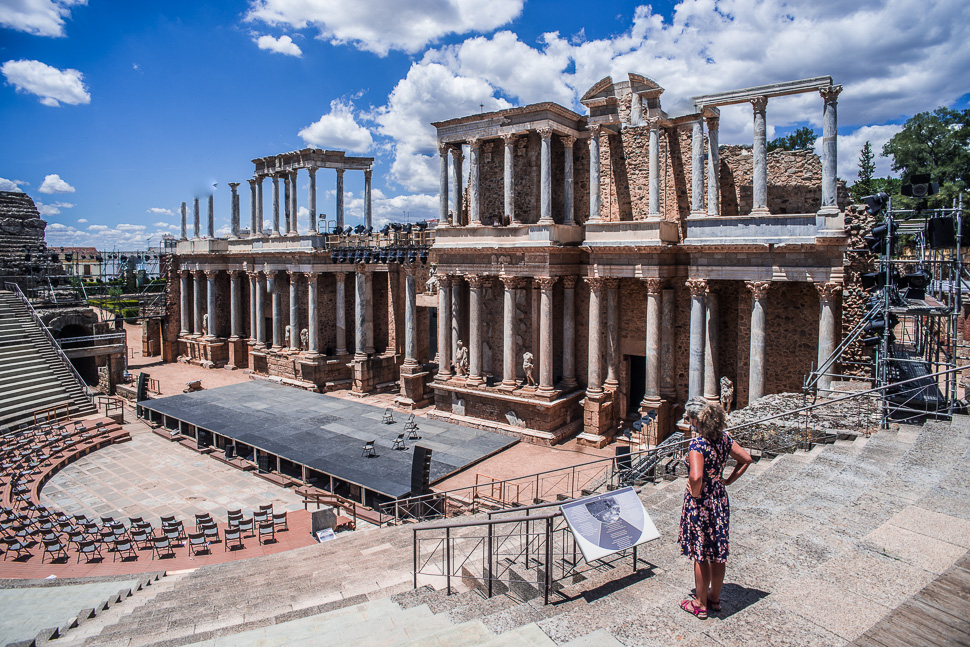
The Roman Theatre was promoted by the consul Vipsanius Agrippa and built in the years 16 to 15 BC as part of an entertainment complex together with the Amphitheatre. One of the most famous and visited landmarks in Spain, the Roman Theatre of Mérida was chosen as one of the 12 Treasures of Spain.
Following the theatre’s abandonment in Late Antiquity, it was slowly covered with earth, with only the upper tiers of seats remaining visible. In local folklore the site was referred to as “The Seven Chairs”, where, according to tradition, several Moorish kings sat to decide the fate of the city.

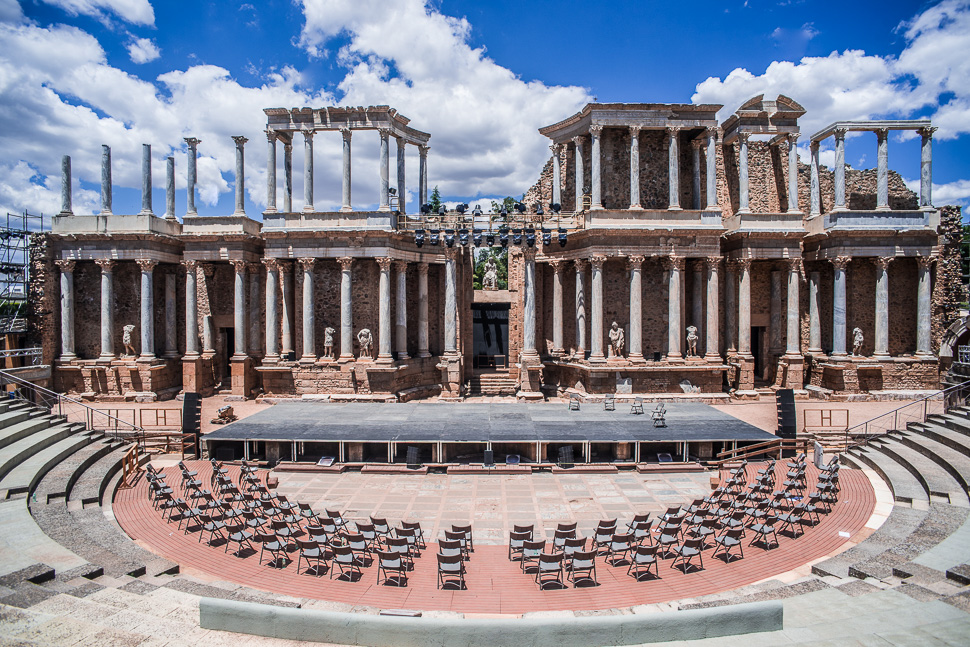

The amphitheatre was inaugurated in the year 8 BC. This building was intended for gladiatorial fights and combats between beasts or men and beasts. The stands had a capacity of approximately 15,000 spectators and had supporting stairs and hallways that connected the different parts internally.
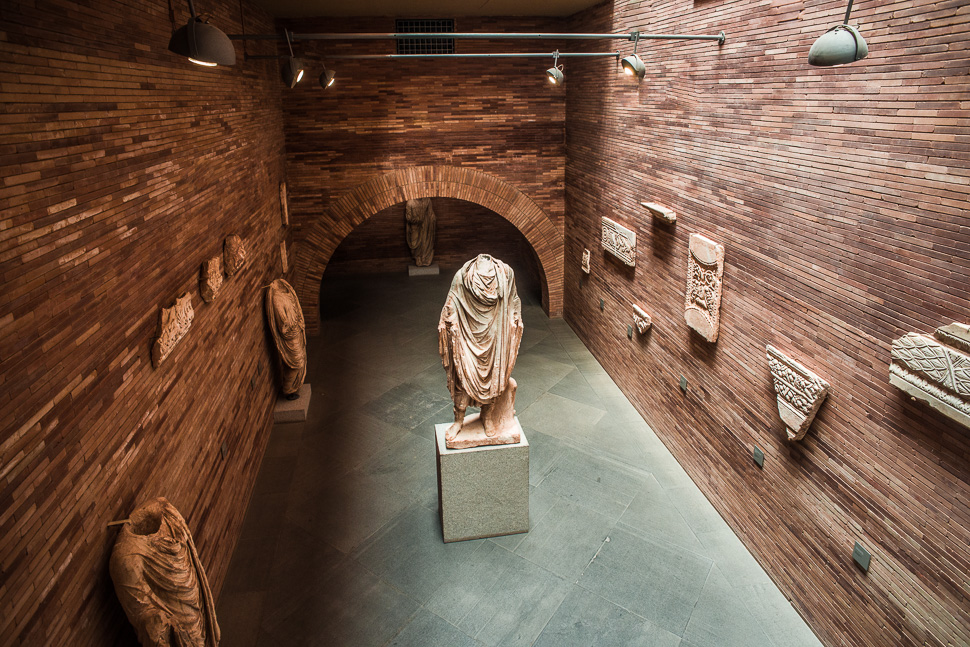
Next we went to the National museum of Roman art, which exhibits extensive material from the archaeological ensemble of Emerita Augusta. After walking through the heat we not only enjoyed the fantastic artefacts but also the cool temperature.

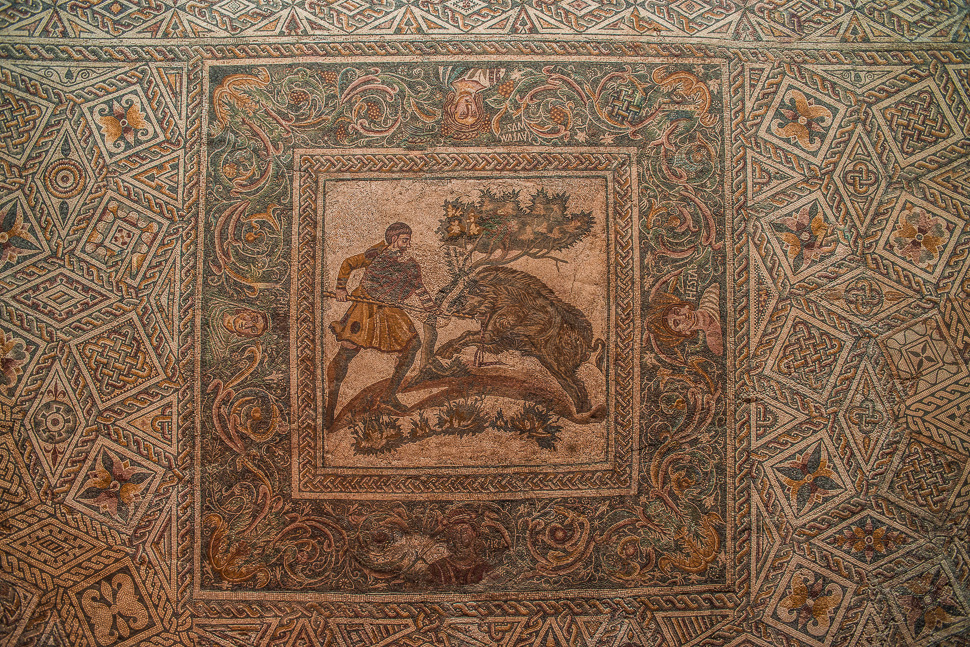
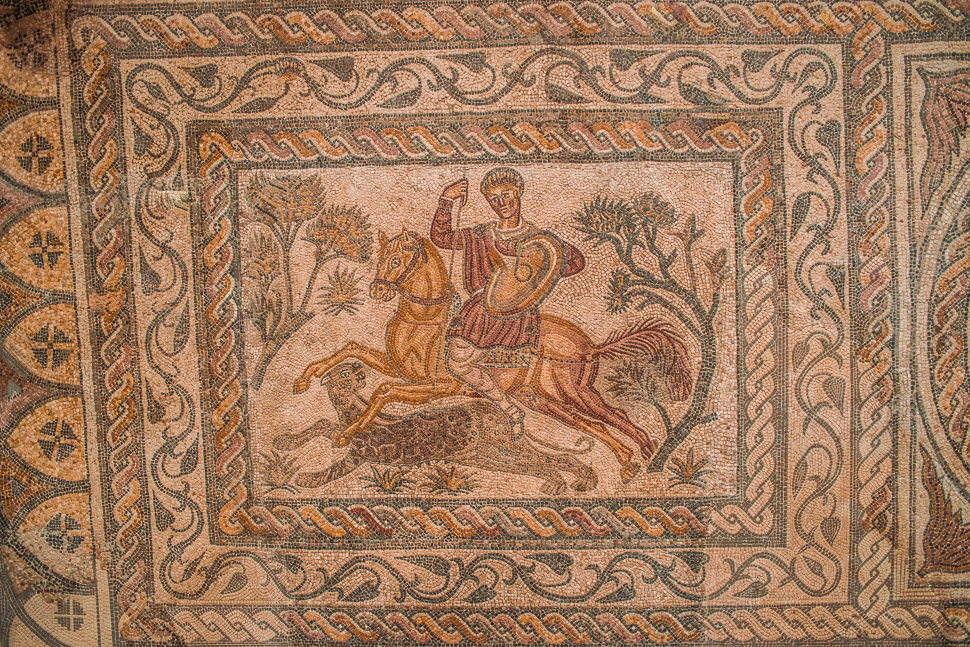
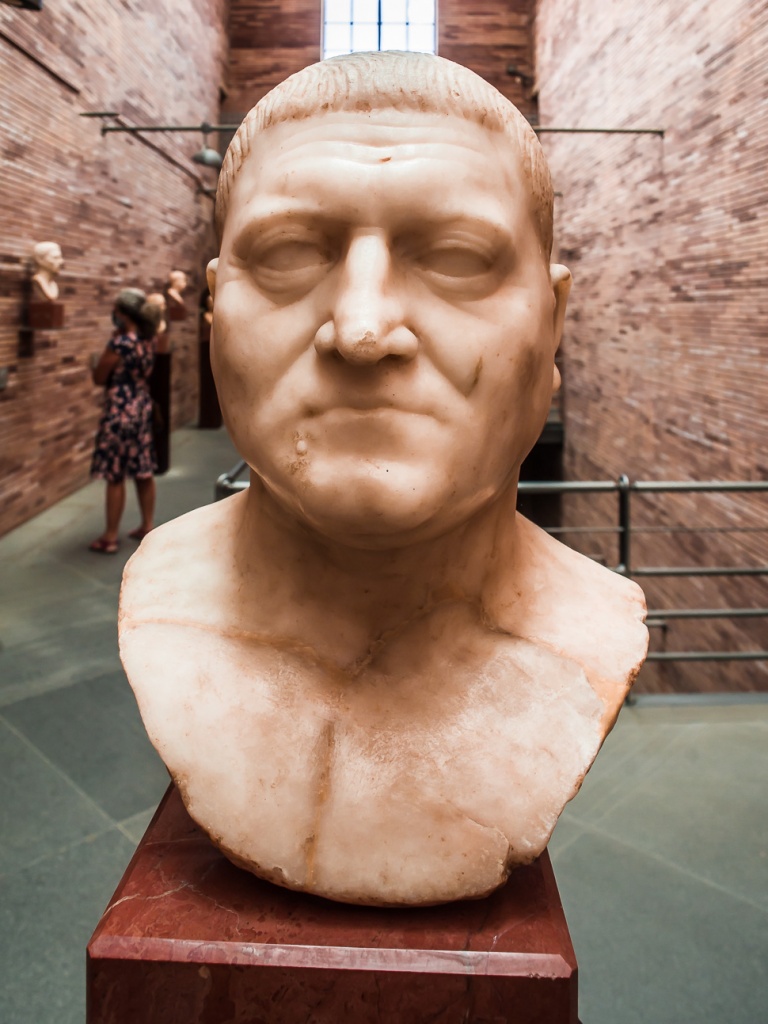
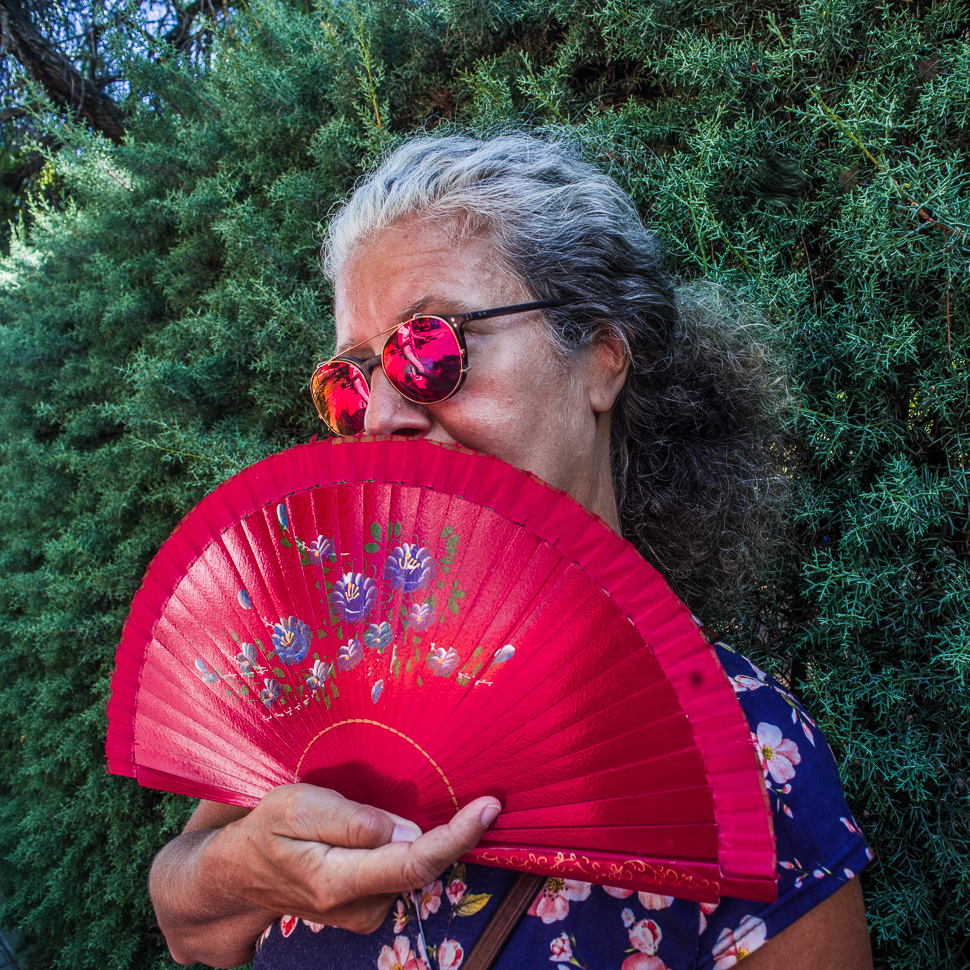
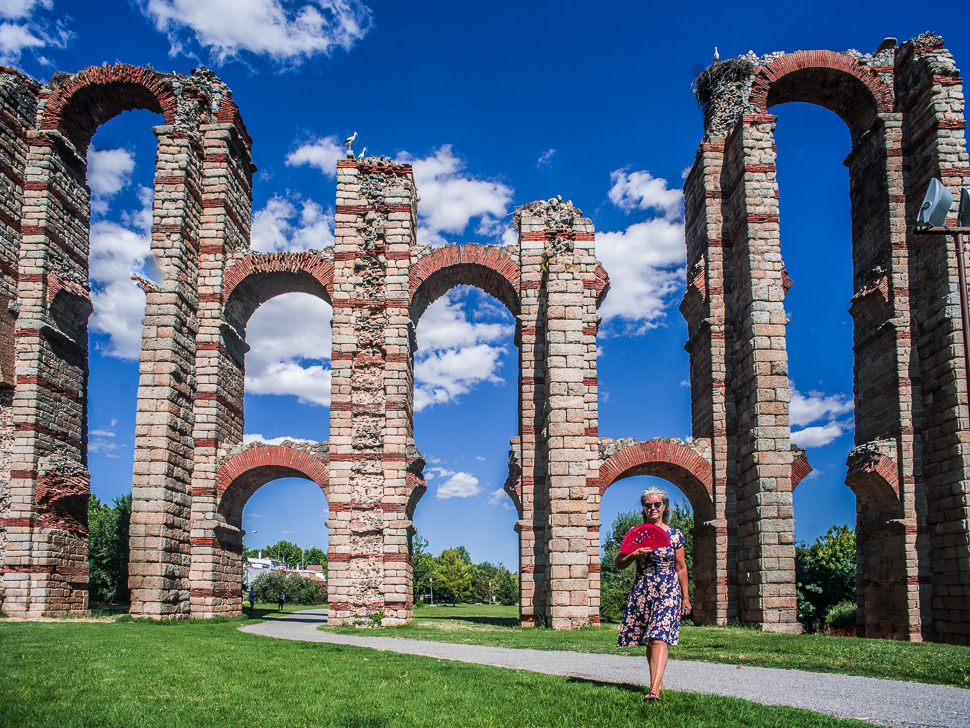
The Acueducto de los Milagros are the ruins of a Roman aqueduct, built during the 1st century AD to supply water to the Roman colony of Emerita Augusta.
Only a relatively small stretch of the aqueduct still stands, consisting of 38 arched pillars standing 25 metres high along a course of some 830 metres. The structure originally brought water to the city from a reservoir called Lago de Proserpina, around 5 km to the north-west of Mérida.
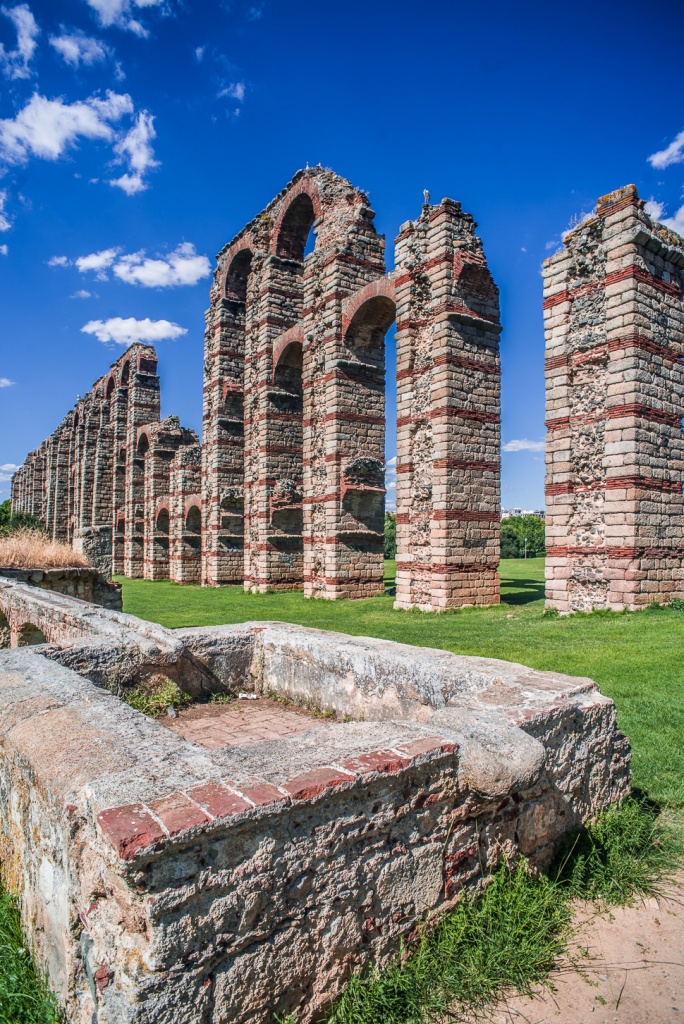
The Proserpina reservoir is a reservoir of Roman origin that began to be built in the 1st century BC. The current good state of conservation of the walls reaching into the ground is due to the fact that, after the fall of the Roman Empire, in addition to its function of supplying Augusta Emerita with water, the artificial lake has always been a popular bathing area, so it was well looked after. We too enjoyed the lake and took a hike around it before spending the night at its shore.

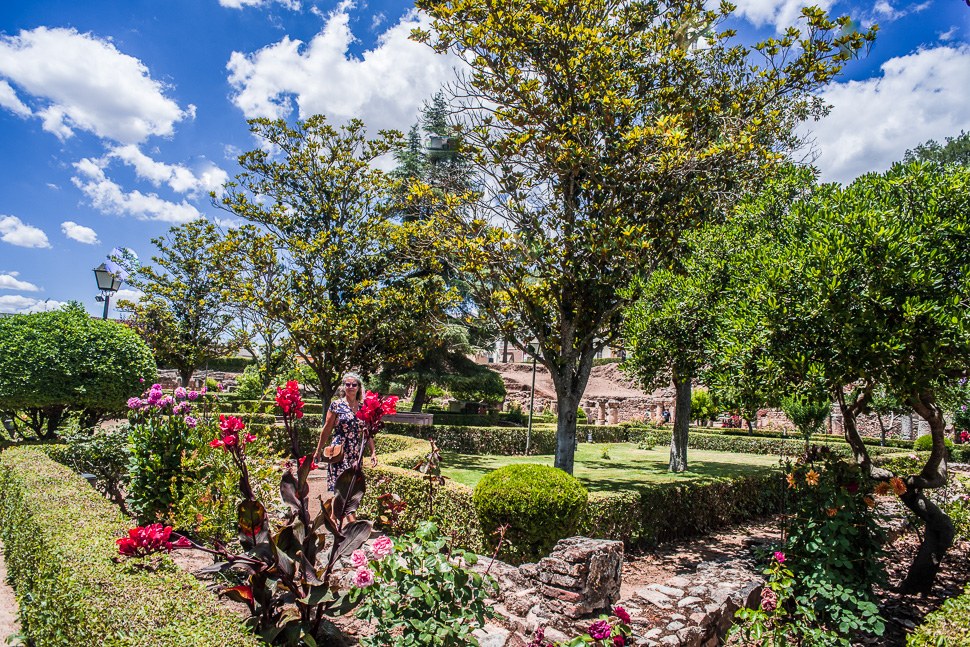

Mérida – what a fascinating town with so many impressive traces of the Romans. We stayed outside of town, at the Lago de Proserpina for the night, before we went searching for much older traces left in the Extremadura. More on our next post!
